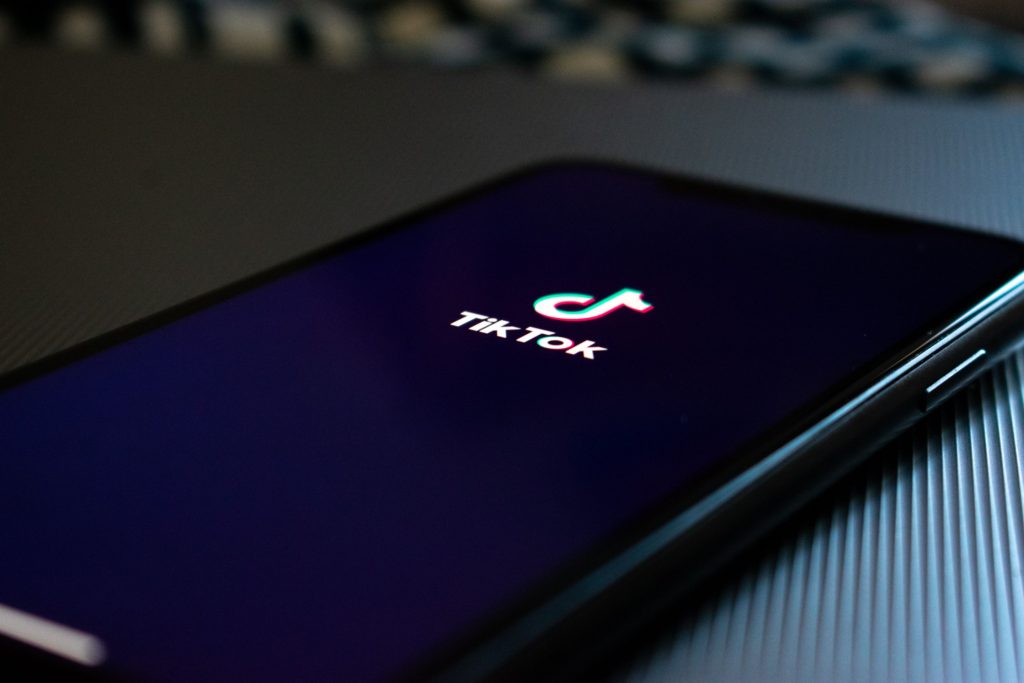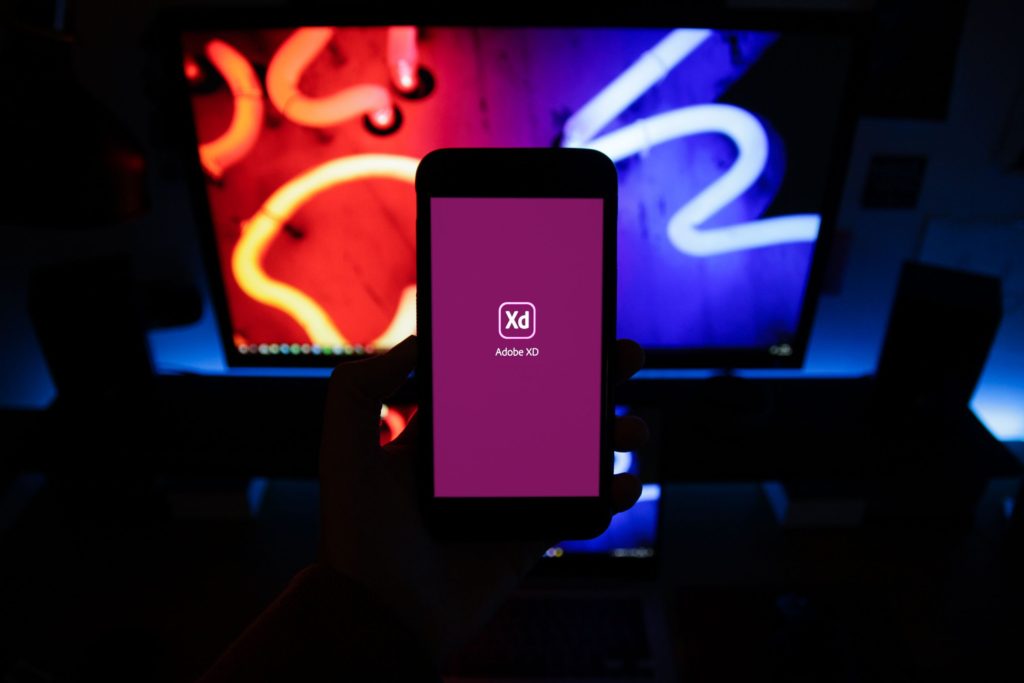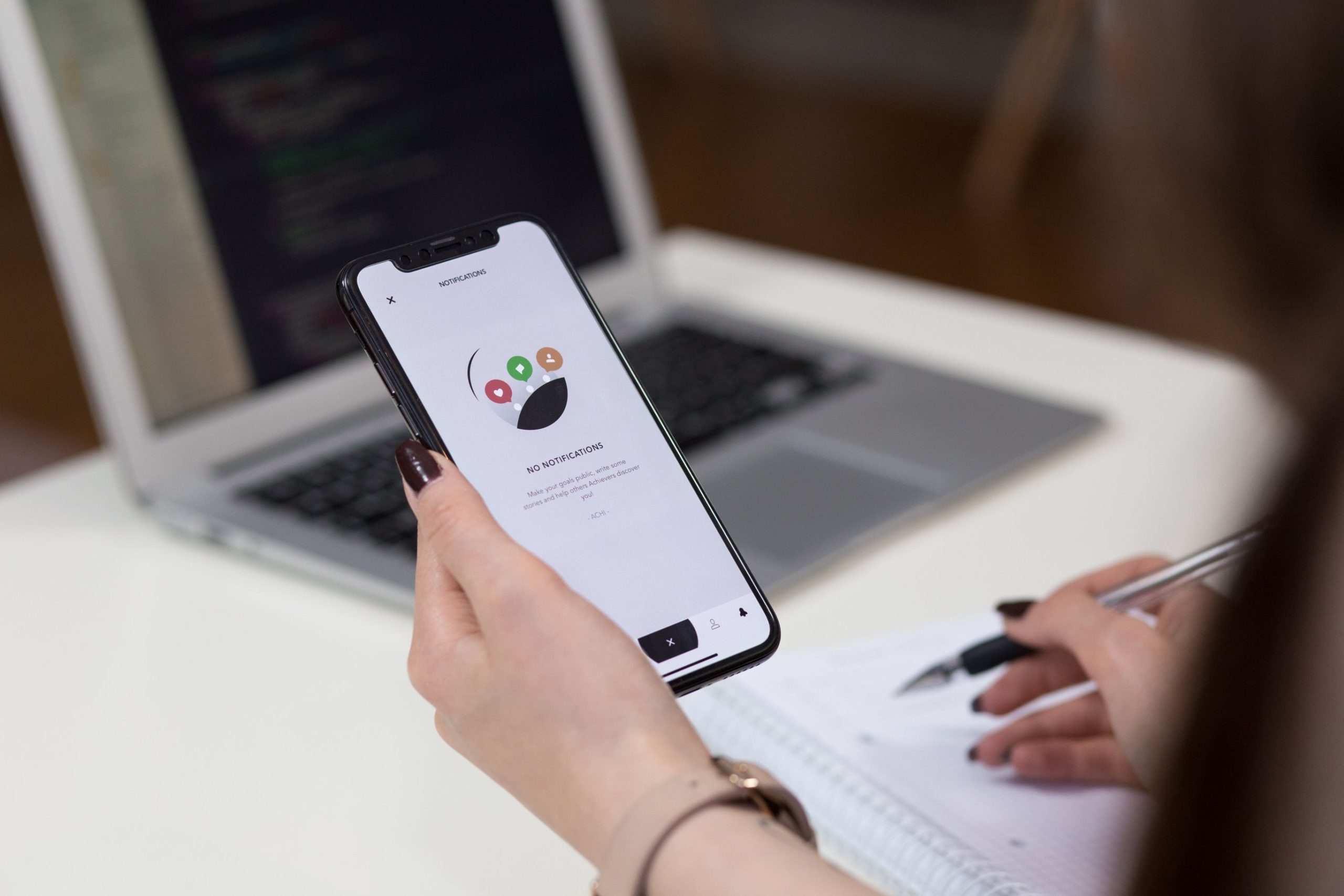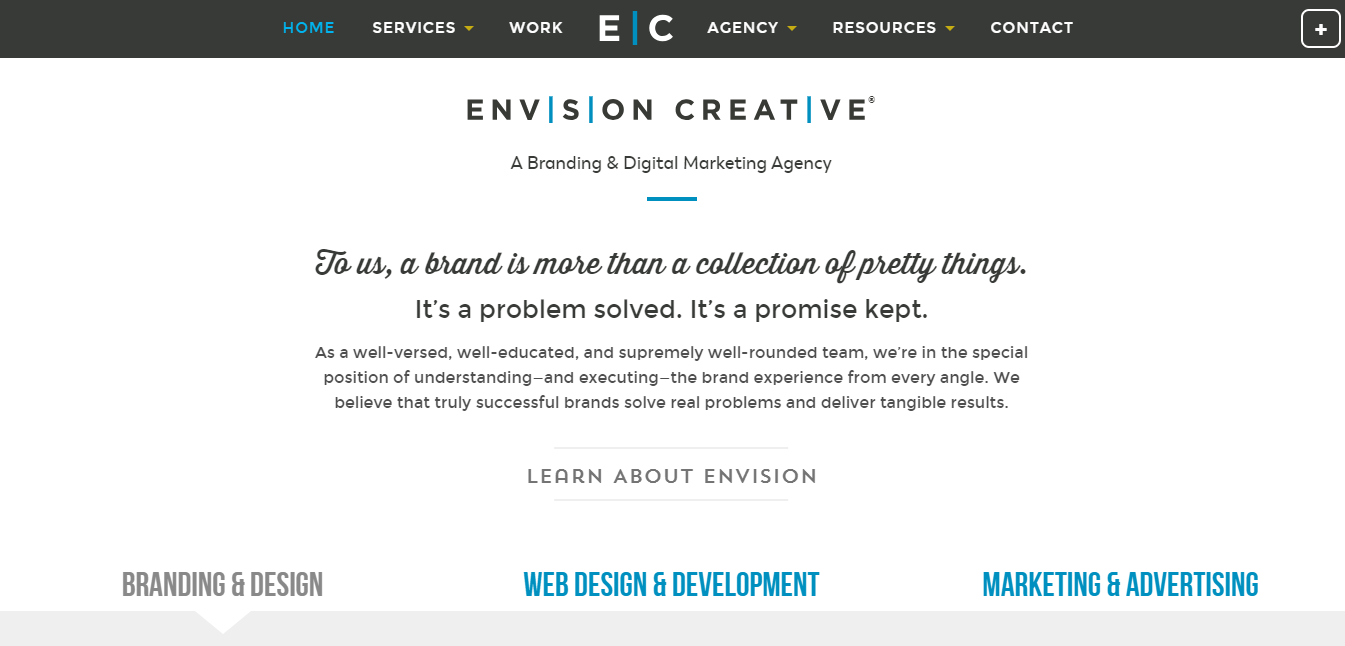Now is an excellent time to start mapping out your mobile strategy for the coming months. If you're in doubt about the size of the potential audience for that content, consider the following. The GSM Association, an industry group representing mobile network operators, published a 2019 report showing there are more than 3.5 billion mobile internet subscribers globally.
The report also mentioned that, in 2018, more people had mobile internet than those who didn't for the first time in areas that offered such a service. Those statistics show why it's so crucial to create content people can consume from handheld devices. Here are six types of mobile content to strongly think about curating this year:
1. TikTok Content

TikTok is a social platform beloved by teenagers and young adults. Entertainment is the name of the game on this app, and fun or humorous content gets heartily embraced. Experts tapped TikTok as a platform to watch in 2020, but using it will likely mean departing from digital advertising in a traditional sense.
Instead of producing ads to generate direct responses from viewers, marketers should aim for material that builds brand affinity and awareness. The parties that use TikTok well often take lighthearted approaches.
Chipotle published a TikTok clip featuring Adele's "Someone Like You" playing throughout the content, with her audience singing the tune back to the superstar vocalist. The content centered on a bowl of guacamole with tortilla chips arranged around it. The effect was that the chips sang the song to the dip in admiration.
The United Nations' International Fund for Agricultural Development (IFAD) is also using TikTok. One of its goals is to fight world hunger by promoting rural agriculture. IFAD relies on TikTok to educate the public about its work, and it often posts short, informative videos about farmers around the world.
If you move ahead with TikTok marketing, keep the content short and engaging, and don't take yourself too seriously. Even IFAD, while highlighting the serious issue of global hunger, tries to do so in ways that leave individuals feeling empowered and uplifted by the new information learned.
2. Podcasts
Podcasts inform and entertain listeners. Plus, recent research from the Jacobs Media Strategies Techsurvey 2019 showed that smartphones are the main gadgets through which people consume such content.
Fred Jacobs, the president of the company that released the data, spoke during a webinar and confirmed, "Ultimately it is the smartphone that is the main conduit to listening to podcasts."
Also, a 2019 study commissioned by BBC StoryWorks found that podcast listeners are more likely to engage with brand mentions on podcasts than individuals who watch ads on TV. Companies take various approaches to podcast-related branding.
"#LIPSTORIES" is a podcast about self-image and confidence made in partnership with the Sephora Collection. Sephora sells a lipstick collection bearing the same name as the podcast. Alternately, "Inside Trader Joe's" is a podcast that does what the name suggests. It gives listeners an inside look at the specialty grocery store brand's operations, history, products and more.
Aim to use podcasts to enrich your brand and fascinate listeners. Structure your content delivery so people can't wait to tune in week after week and become loyal subscribers.
3. Mobile-First Courses
The ways students complete coursework have rapidly changed due to the increased adoption rate of smartphones. Indeed, even the rise in general internet connectivity empowered people to learn from laptops at home. But now, educational material increasingly appears as mobile content. Letting scholars learn through their smartphones showcases inclusivity and accessibility by removing boundaries that may make learning difficult.
For example, if workers spend a lot of time away from the office doing sales calls or similar obligations, a mobile-first course allows them to pick up their phones and learn at any time. Someone could squeeze in educational time when they get word that a person they need to see is running 20 minutes behind schedule. Or, consider employees who typically who may not have desks they can sit at to learn, such as people who spend most of their time on factory floors.
Mobile-first courses suit those groups and many others. Think about the example of a busy health care provider who can pick up a smartphone to complete part of a continuing education course as she waits in the car for her son to finish soccer practice. It's probably not convenient for her to take the class on a laptop. However, accessing the content on a smartphone is hassle-free and well-suited to the confined environment of an automobile's interior.
In a recent example of how a mobile-first course could support branding, the PepsiCo Foundation, the philanthropic extension of the mega food and beverage brand, partnered with the International Youth Foundation. The two entities teamed up to create a mobile-first course that helps young women learn life skills, such as personal finance management and getting a job.
PepsiCo did not mention having its logo within the content or using other marketing methods to increase brand recognition as individuals learn. But if you choose to develop a mobile-friendly course, make learning the priority while branding takes a back seat. Otherwise, consumers may get frustrated and feel your brand is only trying to get more visibility rather than genuinely caring about education.
4. E-Books

E-books give your brand valuable chances to position itself as an authority that can meet a need potential clients have. Adding at least one e-book to your mobile marketing strategy also opens the possibility to repurpose existing traditional material as mobile content. For example, maybe you previously published a textbook guide that would also work well as a mobile version.
If you're reusing content that way, ensure that you format the text for the mobile version so it's readable and scannable on a smaller screen. Bullet points and short paragraphs are ideal. You may also determine that 2020 is a great time to add new content to an existing paper copy of a guide. You could upload the latest version to the internet as a downloadable e-book site visitors can read on their mobile devices.
Whether you publish an e-book with all-new content or some repurposed stuff, spend time thinking about the topics most interesting to your audience. React Mobile, a provider of safety technology for the hospitality industry, recently published an e-book about the importance of equipping hotel workers with panic buttons. It covers the vulnerability of housekeeping staff members, why noise-making panic buttons are no longer appropriate and more.
Also, if you have a company blog, it could be an excellent source for e-book inspiration. Perhaps you wrote a series of posts that received higher traffic than usual, or readers have commented to say they'd love if you'd cover a particular subject in greater depth. E-books allow those things to happen.
5. Vertical Videos
Marketers often create videos with the expectation that, if viewers watch them on smartphones, they'll flip those devices horizontally for better viewing experiences. However, a recent mobile content trend is to make vertical videos for mobile users. They look fantastic without requiring a person to rotate their phone for the best results.
Spotify, National Geographic and Mercedes-Benz are some brands that have succeeded with vertical videos. The automobile brand reportedly got a nine-point increase in ad recall from its vertical videos, for example. The push to create more vertical videos makes sense, too, from a user-friendliness standpoint. People hold their phones vertically the vast majority of the time — in 94% of instances according to some estimates.
Snapchat is heavily investing in the promise of vertical video. A recent agreement between the social site and NBC will see the television network producing four original shows about the upcoming Winter Olympic Games in Tokyo for Snapchat. Viewers will see all the content in a vertical format. NBC made Olympic-centric content for Snapchat twice before, but the upcoming plans entail creating more than ever — over 70 episodes.
If you're interested in adding vertical videos to your mobile marketing strategy, the methods to entice viewers aren't much different from traditional videos. A fascinating story, compelling background music and skillfully chosen camera angles can draw viewers in and make them want to keep watching.
6. Apps

According to GlobalStats, people most frequently access the internet on smartphones as opposed to tablets or desktop computers. And, a useful statistic from eMarketer that may stimulate your mobile marketing plans is that adults in the U.S. spend an average of two hours and 57 minutes using apps each day.
The options for how you might utilize apps within your mobile content agenda abound. Lime Crime, a digital-first, cruelty-free makeup and hair color brand, recently launched an augmented reality (AR) app for its customers. People who use the platform can scan an eyeshadow palette with their phones to get application tips. Plus, a type of blush within the brand's product line features a package that shoppers can interact with to make the orchids on it come to life.
SnackNation is another brand that recently debuted an app. The company operates an office delivery service for healthy snacks. SnackNation curates its boxes of goodies with help from a Tastemaker Panel, whereby members review over 200 new products every month and determine which foods or beverages pass.
The snack company will launch a new app for its members on February 28, 2020. It allows them to get insights from employees about which treats they like most. The platform has a recommendation component, too, that could assist SnackNation subscribers who are ready to try something new.
Before getting deep into your app strategy, devote intensive thought to how you should go about it. Don't merely build an app for the sake of it, but ensure the result complements your brand and delivers more value to users.
Embrace Mobile Content to Meet Your Goals
This list shows you have numerous ways to make mobile marketing work for you this year. No matter which type of content you focus on, remember to track performance as you go and make tweaks if necessary.
Related Posts
Kayla Matthews is a MarTech journalist and writer, whose work has been featured on Marketing Dive, Contently, Outbrain and Convince and Convert. To read more posts from Kayla, please visit her personal tech blog, Productivity Bytes.








[…] Recommended: 6 Kinds of Mobile Content to Create in 2020 […]
[…] Read more: https://visualcontenting.com/2020/02/19/6-kinds-of-mobile-content-to-create-in-2020/ […]